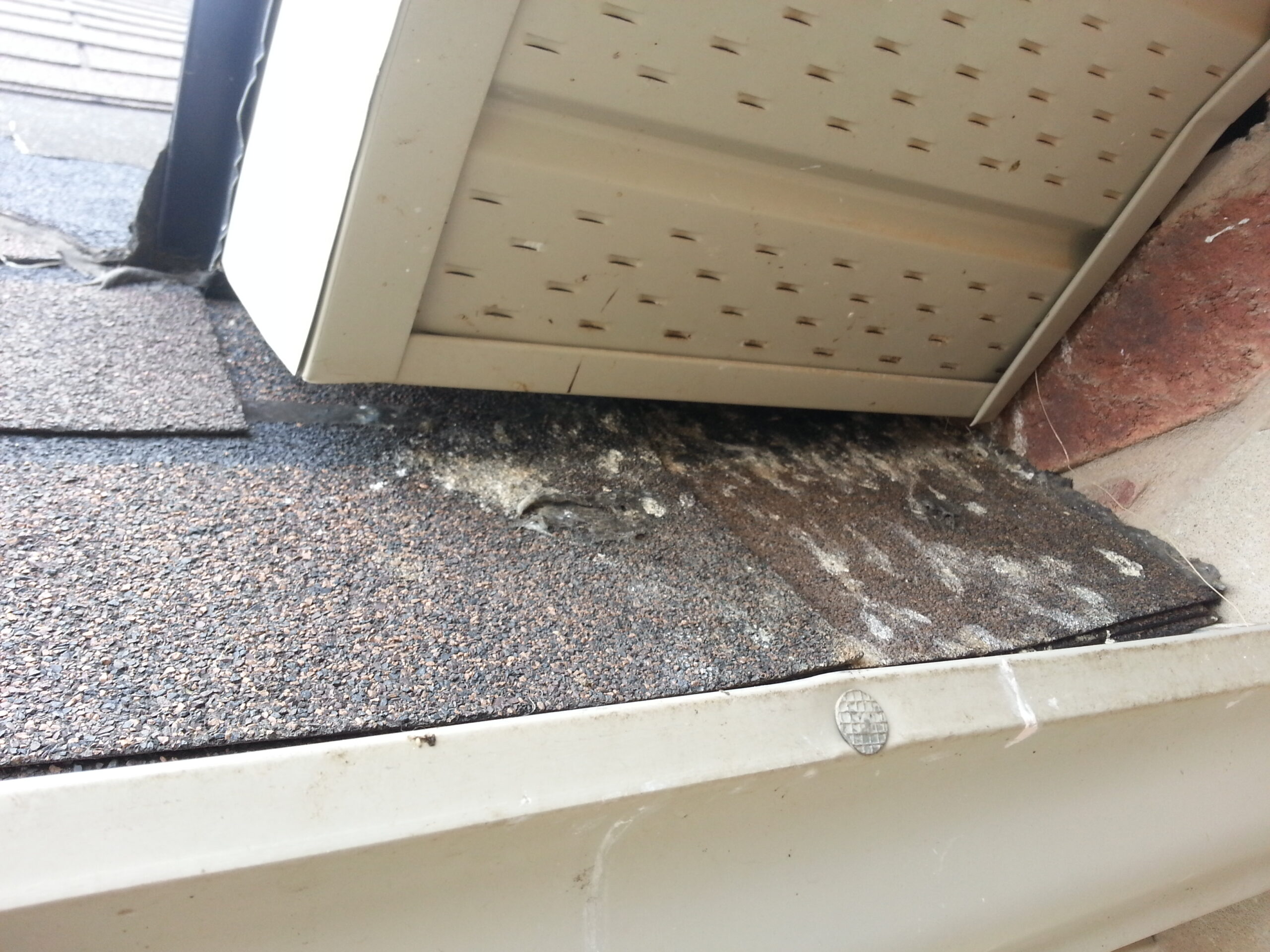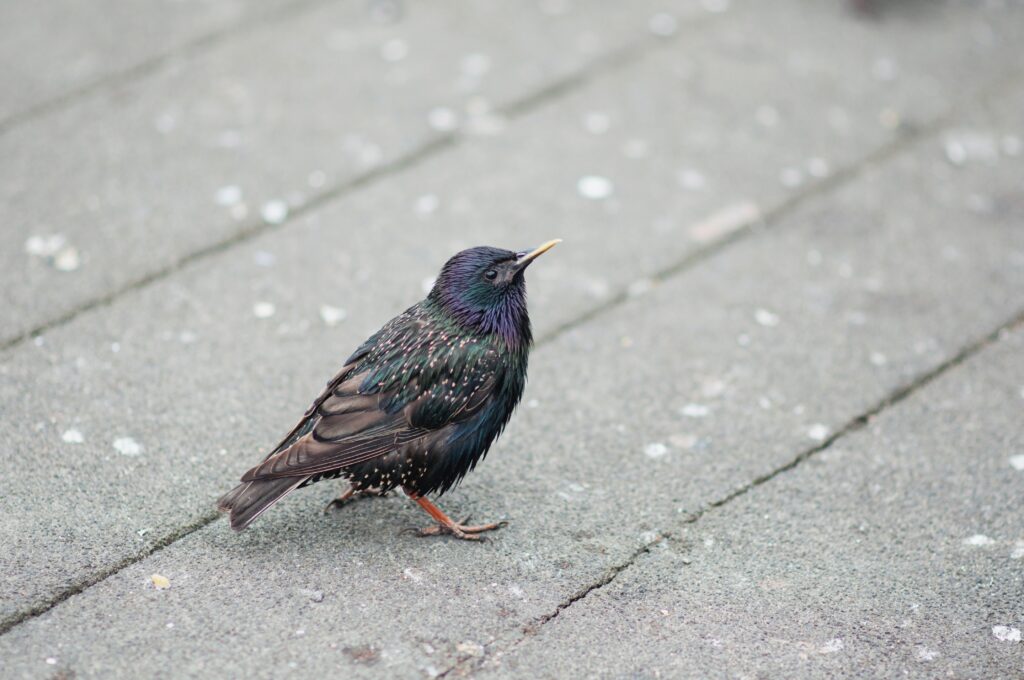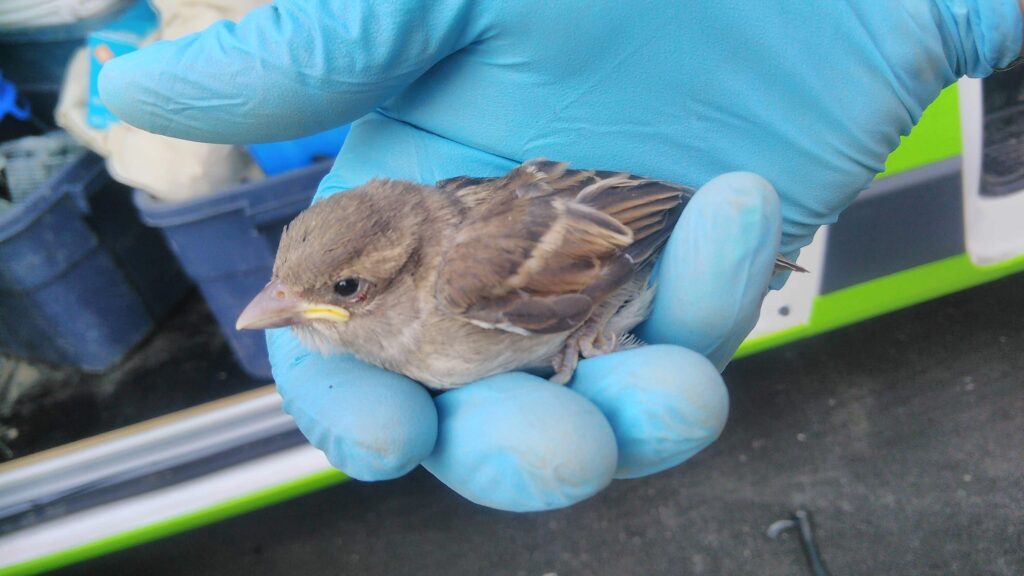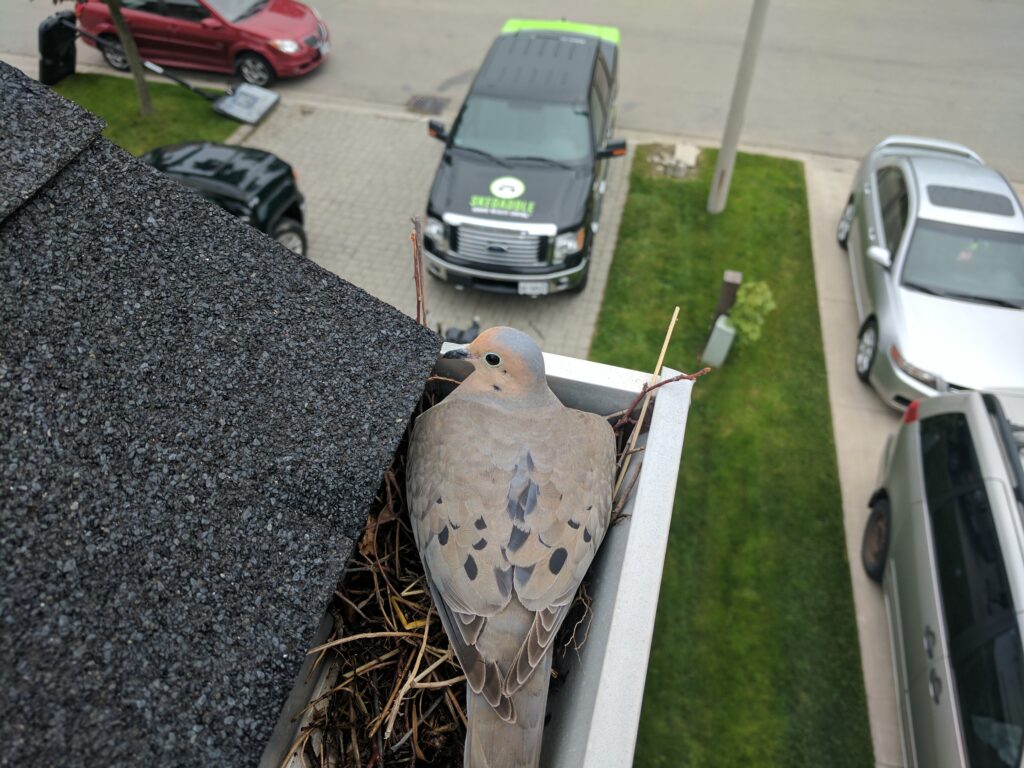
Which Bird Species Are Most Likely To Nest In My Home?
The natural environment many of us like to admire is often spoiled beyond repair by populations of birds that disturb peace with their droppings, nests and noise. These are just some of the reasons why bird control is the only way to protect the environment from such negative factors.There are many species of birds that are protected under the Migratory Bird Act but measures can be taken to remove invasive species from damaging homes and businesses. In this blog we are going to break down the 3 most common birds to cause damage, and the signs you can look for to spot them on your property.
STARLINGS

European starlings, house sparrows, and pigeons are not native to North America and their nests can attract secondary insect pests, cause electrical outage and clog pipes, and also that bird droppings can cause damage and deterioration to vehicles and structures. Furthermore, birds can carry and transmit diseases such as Salmonella, encephalitis, and toxoplasmosis, and breathing of their droppings can cause cryptococcosis and histoplasmosis.
When it comes to bird control, it is important to get to know these three species, not only in appearance but also in their habits and the damage they can cause. European starlings, for example, are dark in colour with faint speckles on their feathers. They are commonly found on clogged gutters, where they flock for drinking water, and on trees. Starlings are cavity nesters and during spring they will build nests inside vent openings found on the sides of houses. Open dryer, bathroom or stove fans are a favourite starling nesting point, which can cause a fire hazard by blocking the free flow of air.
SPARROWS

House sparrows, on the other hand, have a gray underbelly and are of a reddish or light brown tone, with visible streaks of black. They are predominantly year-round pests; they can turn very aggressive and their incessant sharp chirping can become a significant nuisance. They prefer grains for a diet, but will also feed on flowers, fruits, and vegetables, as well as spilled foods and trash. They can carry and spread West Nile virus and can not only cause major damage in gardens but can also be problematic in rural areas due to the fact that they often feed on and contaminate livestock feed. They also breed prolifically.
PIGEONS

Lastly, pigeons are among the greatest aerial hazards and are often the reason for numerous bird control initiatives across the globe. Because of the filth they carry, they are often referred to as “flying rodents” and are easily recognizable: they have grayish bodies with red feet and two black bars on each wing. They will eat all types of human food and because of that, have become dependent on humans for shelter and food. Disease-wise, they transmit food poisoning, salmonella, toxoplasmosis, cryptococcosis; they have also been known to carry insect pests such as ticks, lice, and fleas.
HEALTH RISKS OF THESE BIRDS ON YOUR PROPERTY
European starlings, house sparrows, pigeons and their nesting material can be home to a variety of ectoparasites that make their way through vents and into your living space. While they make their nests and settle into your vent, the bird’s droppings will collect, creating a health hazard for anyone or any pet in your home who inhales the bacteria particles inside the droppings. With airflow constantly moving throughout the house from a vent, there is a high risk of bacteria and parasites being spread. Each of these infections should be immediately treated by a health care professional. If your pet becomes infected, take them to the vet immediately. Some of the most common diseases associated with birds are:
- Salmonella
- Psittacosis
- Encephalitis
- Toxoplasmosis
- Cryptococcosis
- Histoplasmosis
RELY ON SKEDADDLE TO HANDLE YOUR BIRD PROBLEM
When it comes to bird control, it is important to get to know these three species, not only in appearance but also in their habits and the damage they can cause. The sooner you can identify one of these birds on your property, the quicker you can act in having them removed. Skedaddle Humane Wildlife Control specializes in the removal and exclusion of nuisance birds. Technicians will implement customized equipment for each species that will keep them off a property for good. To learn more about our bird removal services, call 1-888-592-0387.
CALL US TODAY
1.888.592.0387
OR
Request for Services



FOLLOW US